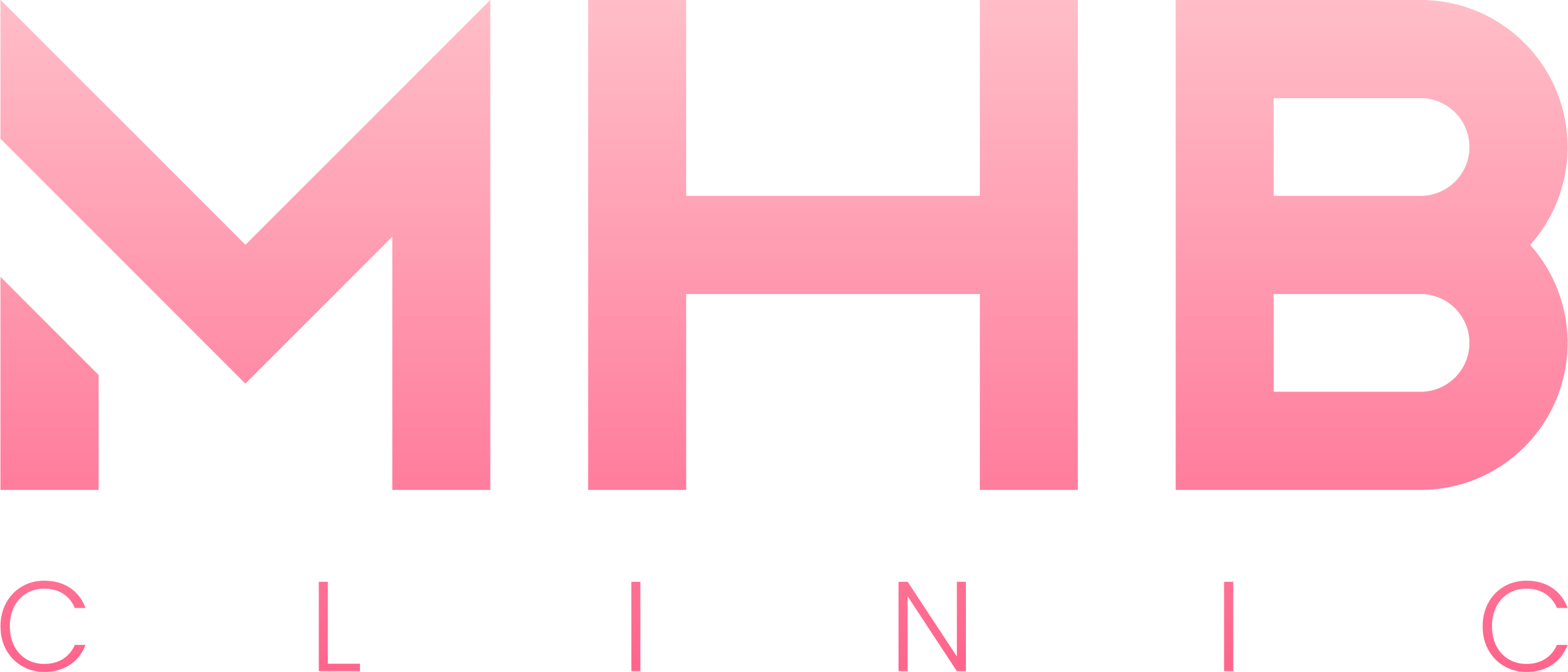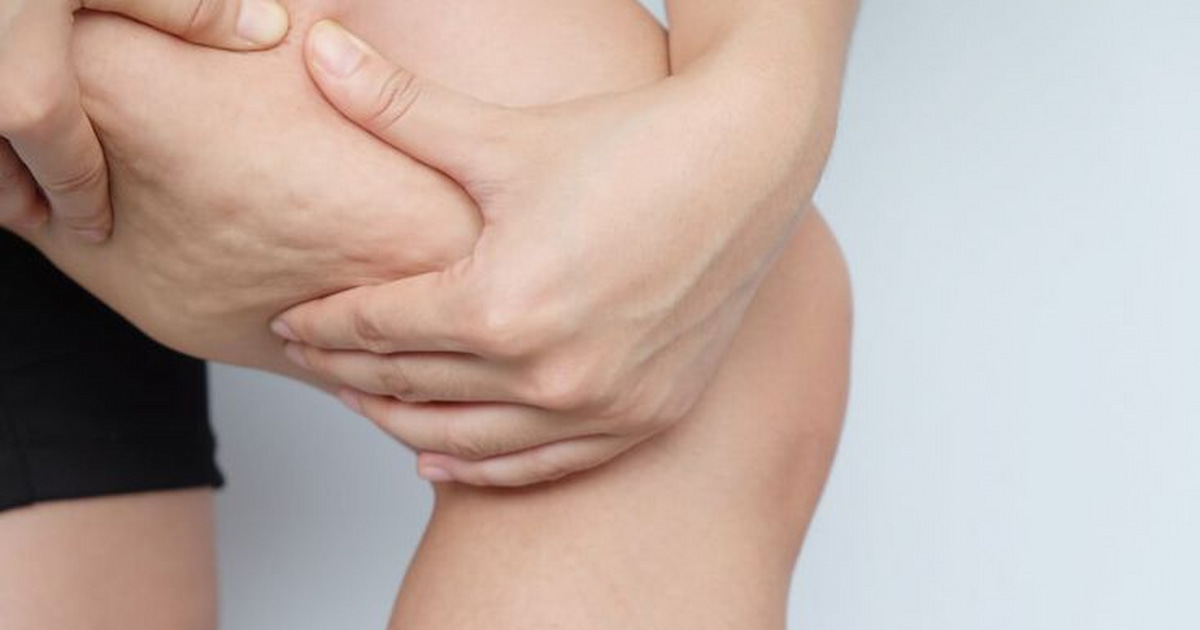Hair restoration treatments like PRP and FUE are more advanced and accessible than ever. But while they offer promising results, recovery time is still a key concern for many patients. Whether you’re worried about getting back to work or simply want to heal as quickly as possible, there are several ways to minimise downtime after hair loss treatment.
In this guide, we’ll explain what causes downtime after popular treatments, what you can do before and after your procedure to speed up healing, and when it’s important to follow up with your specialist.
What Causes Downtime After Common Treatments
Downtime happens for several reasons, and the symptoms are different for each hair loss treatment. These are the main causes of downtime:
- Inflammation: The body’s natural healing response.
- Minor trauma: Especially after surgical methods like FUE or FUT.
- Scabbing and sensitivity: As grafts settle and tissue heals.
Now let’s review each treatment’s recovery timeline in the table below.
| Treatment | Type | Typical Downtime | Common Recovery Symptom |
| PRP (Platelet-Rich Plasma) | Non-surgical | 1 to 2 days | Mild swelling, redness, tenderness |
| FUE (Follicular Unit Extraction) | Surgical | 5 to 10 days | Scabbing, swelling, and sensitivity |
| Hair Transplants (Strip Method/FUT) | Surgical | 10 to 14 days | Stitches, redness, discomfort |
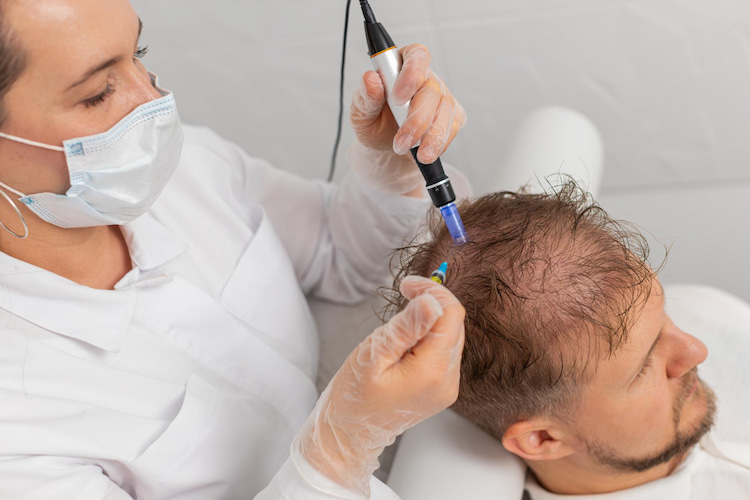
Pre-Treatment Steps to Reduce Recovery
What you do before your treatment can have a big impact on your recovery. Here are some steps you can take.
| Pre-Treatment Step | Description |
| Avoid alcohol and smoking. | These can impair circulation and healing. (at least 3 to 5 days before the treatment). |
| Stay hydrated. | Good hydration helps your skin and scalp recover faster. |
| Avoid blood thinners. | This includes aspirin or ibuprofen (unless your doctor says otherwise). |
| Eat a balanced diet. | It should be rich in vitamins C, E, and zinc to support healing and skin repair. |
| Wash your hair thoroughly the day before. | This ensures your scalp is clean before treatment. |
Now that you’re learning about taking care of your scalp, you may find this article helpful: Natural Remedies for Scalp Health
Aftercare Tips for Faster Healing
Post-treatment care is also crucial. Follow these tips to reduce downtime for better hair and scalp aftercare and a smoother recovery:
- Don’t touch or scratch the treated area, even if it’s itchy!
- Sleep with your head elevated for the first few nights to reduce swelling.
- Avoid washing your hair for 48 hours after treatment (or as advised).
- Use only doctor-recommended shampoos and products.
- Limit sun exposure. UV rays can damage your sensitive scalp.
- Wear a loose hat or cap if you need to go outside.
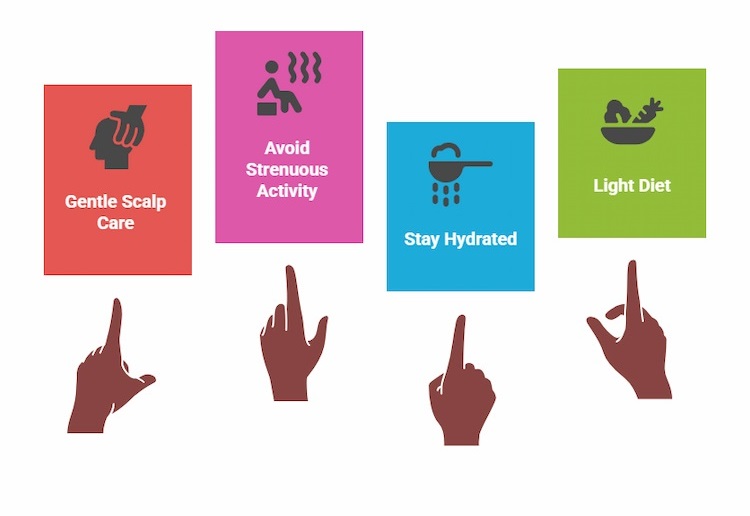
Looking for a Smoother, Quicker Recovery?
Ask your specialist at MHB Aesthetic Clinic for a personalised pre-care checklist during your consultation! Book your consultation today and let our experts guide you every step of the way.
Lifestyle Habits That Support Recovery
Incorporating healthy habits post-treatment can affect how quickly you bounce back. These aren’t difficult ones; just a slight change in your lifestyle can make a big difference.
- Quit or reduce smoking: Nicotine slows blood flow and delays healing.
- Prioritise sleep: Aim for 7–8 hours per night to give your body time to recover.
- Exercise lightly after 5 days, unless advised otherwise; light walks are a great option.
- Eat nutrient-rich foods: Add berries, nuts, leafy greens, and lean proteins to your meals.
- Manage stress: High stress can interfere with hair regrowth and healing.
When to See Your Specialist for Follow-up
Even if everything seems to be healing well, it’s important to attend your scheduled follow-ups. You should also reach out to your specialist if redness or swelling worsens after 3 to 5 days, or if you experience signs of infection (pus, severe pain, fever). Not to mention that if you notice your grafts starting to fall out excessively, you need quick care from your specialist.
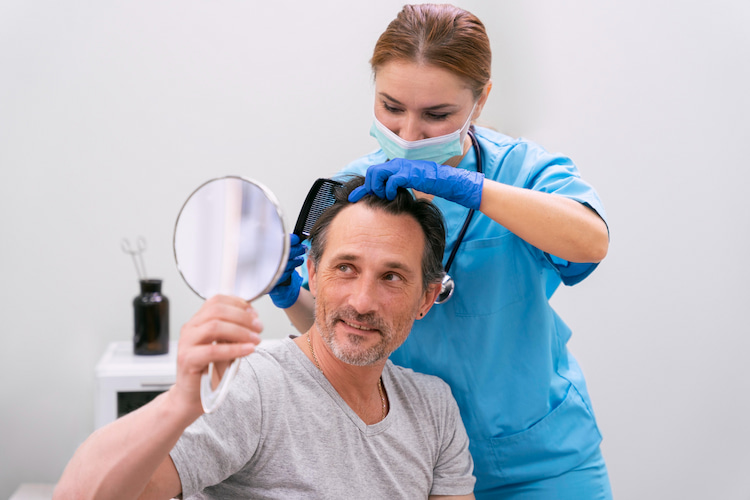
Final Word
Minimising downtime after hair loss treatment is about preparation, proper aftercare, and listening to your body. With the right approach, most patients can return to daily life within days and enjoy healthy, long-lasting results.
Whether you’re considering PRP hair treatment or another advanced method, at MHB Aesthetic Clinic, we’re here to support your journey from start to finish. Our team is always available to guide you during recovery and ensure your treatment is a success. Please contact us today and get in touch with our professional team!
FAQ
-
How long is the recovery after PRP or FUE?
In PRP, you can return to normal activities within 1 to 2 days. However, in FUE, most patients recover within 5 to 10 days, but small scabs may take up to two weeks to fully disappear.
-
Can I go to work the next day after hair treatment?
Yes, in most cases. After PRP, you can usually return the next day. After FUE, you might prefer taking 2 to 3 days off to allow visible signs (like redness or scabbing) to subside
-
What should I avoid post-treatment?
Don’t touch or scratch the area, avoid exercise and sweating for 3 to 5 days, no hats for the first few days (unless advised), skip alcohol, smoking, and sun exposure, and don’t use harsh shampoos or hair products.
Got a question or want to share your recovery experience? Drop a comment below; we’d love to hear from you!
